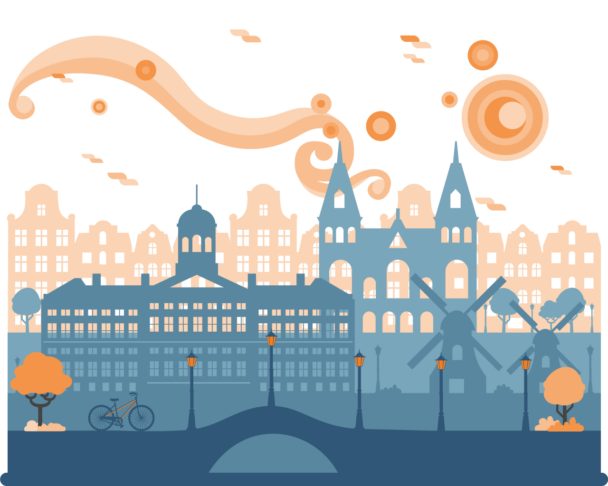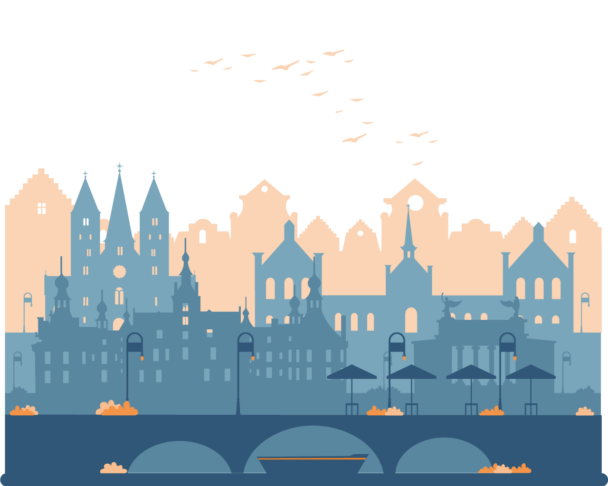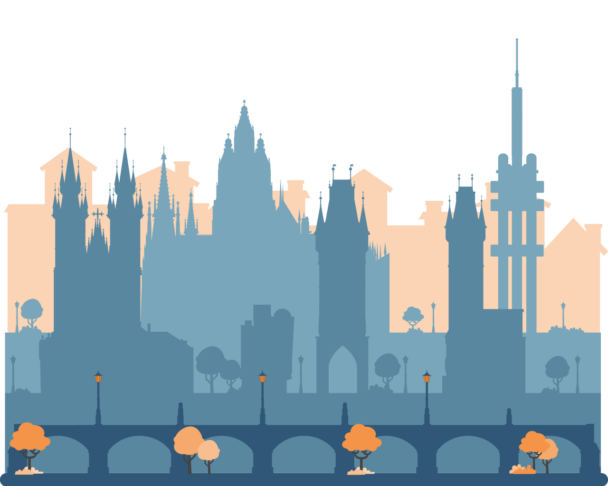Description
Contemporary education increasingly focuses on teaching how to generate new ideas and critically address problems. Accordingly, creativity is quickly taking hold in the educational domain. Yet, it remains subject to serious misconceptions, which consider it as the stroke of genius of gifted individuals, or as an innate capacity.
The course will challenge these conceptions by illustrating many strategies to nurture, train, and ultimately improve creativity. By its end, participants will be convinced that creativity implies tinkering with tools, assessing the results, making tweaks, and ultimately visualizing the idea emerging from this endeavor.
Participants will practice many methods to generate new ideas across a variety of tasks and domains. By focusing on how creative thinking works rather than seeing it as an outcome, they will realize that creative thinking is a process that can be scaffolded by tools and external structures.
Course participants will learn to use some of the most famous tools in the field of innovation to boost creative thinking. They will discover different techniques to scaffold problem-solving, come up with new solutions, create stories and narratives, nurture imagination, and visualize non-existing realities.
Moreover, they will devolve time to experiment with these techniques in idea generation, storytelling, as well as concept art.
Participants will also learn how to lead their students to adopt these tools as an individual practice as well as a collective process during daily classroom interactions.
Hitting the new challenges raised by our society, not only the course will help participants embed creativity in the curriculum, but it will also nurture their students with a new way of thinking, addressing problems, and creating solutions.
Besides being at the core of rapidly growing disciplines – such as design, communication, technology development, and the arts – acquiring these abilities will also crucially scaffold students’ intellectual and personal development.
What is included
Learning outcomes
The course will help the participants to:
- Understand the characteristics of creative thinking;
- Learn to use creative tools across multiple situations and fields through activities and exercises;
- Nurture students in using creative thinking strategies for their personal and professional growth;
- Embed creativity into the students’ curriculum and classroom practices;
- Grasp the aspects shared by creative methodologies in different domains.
Tentative schedule
Day 1 – What is Creative thinking?
- Introduction to the course, the school, and the external week activities;
- Icebreaker activities;
- Presentations of the participants’ schools;
- Setting out the participants’ needs and objectives;
- “That time I had a stroke of genius” vs. reality;
- Tinkering with thinking;
- Course main goal: teaching students to think differently.
Day 2 – Problem-solving and idea-generation
- Brainstorming;
- Brainwriting;
- Mindmapping;
- Random words;
- How can these tools be used in teachers’ daily activities?
Day 3 – Storytelling
- The principles of storytelling;
- Models;
- Fabula cards;
- How can these tools be used in teachers’ daily activities?
Day 4 – Concept Art
- Intro to concept art;
- Imagining the unseen;
- Epistemic drawings;
- Reference raiding;
- Visual libraries;
- Ideation through Iteration;
- Visual Tinkering;
- How can these tools be used in teachers’ daily activities?
Day 5 – Tinker thinking for education
- Comparing creative tools from different domains;
- Assessing differences and commonalities;
- Assessing how to exploit them in the participant educational systems.
Day 6 – Course closure & cultural activities
- Course evaluation: round-up of acquired competencies, feedback, and discussion;
- Awarding of the course Certificate of Attendance;
- Excursion and other external cultural activities.




